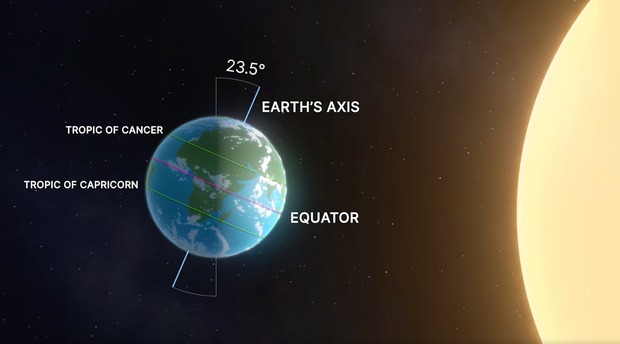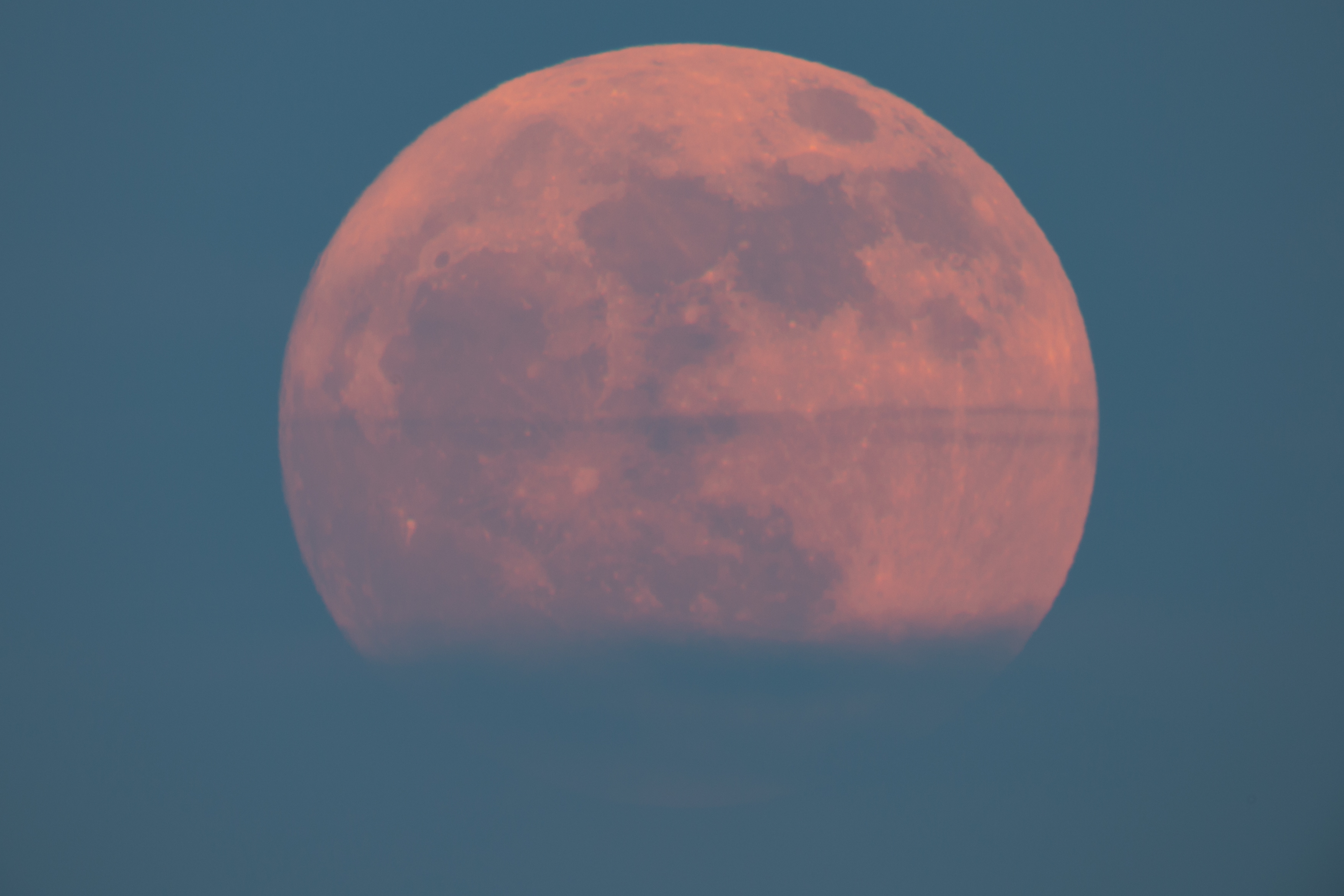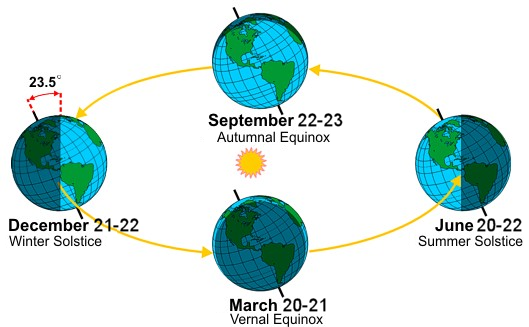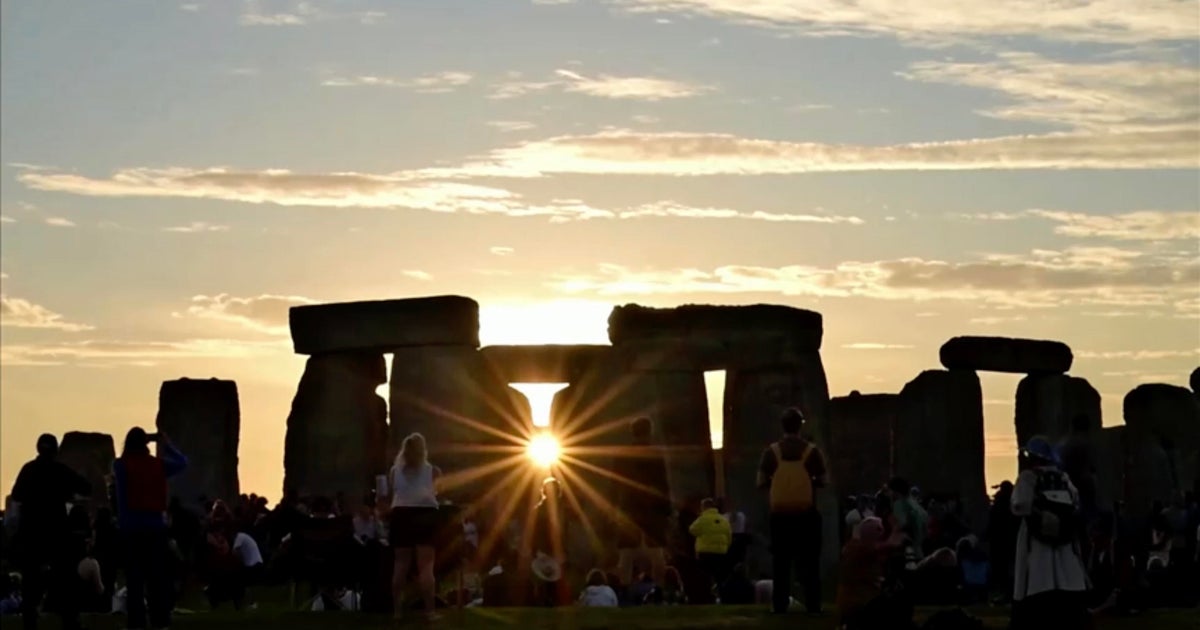
Editor's Note: The following article is a factual and unbiased synthesis of information from multiple sources regarding the 2024 summer solstice.
The summer solstice, marking the longest day of the year in the Northern Hemisphere, arrives on June 20, 2024. This astronomical event is significant as it marks both the end of spring and beginning of summer. The earliest recorded evidence of people acknowledging and celebrating this transition dates back to ancient civilizations.
According to multiple sources, including timeanddate.com and NBC 5 Storm Team Meteorologist Pete Sack, the summer solstice in 2024 is historic as it falls on June 20 at approximately 3:50 p.m. CT in Chicago.
The event will also be followed by a strawberry moon on June 21, which is the lowest full moon in years, according to CBS News and English Heritage.
Historically, Stonehenge in England has been a popular site for summer solstice celebrations. Thousands of people gather there each year to witness the sun's alignment with the stones. The monument, believed to have been built around 5000 B.C.E., is considered a spiritual or ritual ground and is aligned with the movements of both the summer and winter solstices.
The North Pole reaches its most extreme tilt on June 20, exposing a larger section of the Northern Hemisphere to sunlight and creating the longest day of the year. This phenomenon is also known as astronomical summer in the Northern Hemisphere.
Many people around the world celebrate this transition with music, feasts, bonfires, picnics and traditional songs. Astrologer Evan Nathaniel suggests reflecting on goals set during New Year's resolutions around the winter solstice and analyzing progress towards them. Journaling manifestations for the months ahead is another way to capitalize on the summer solstice energy.
The summer solstice arrives nearly three weeks after the beginning of meteorological summer, which started on June 1. The real heat is likely still to come, with July being the hottest month in many locations due to a one-month lag between the solstice and peak summer temperatures.
The winter solstice in the Southern Hemisphere marks winter's arrival and coincides with this year's summer solstice. Approximately 12% of the world's population live in the Southern Hemisphere, where they will be experiencing shorter days and colder temperatures.








:max_bytes(150000):strip_icc():focal(776x374:778x376)/Summer-Solstice-Stonehenge-061824-d22bf2d91f6a4b3fac6aa2ada554182f.jpg)